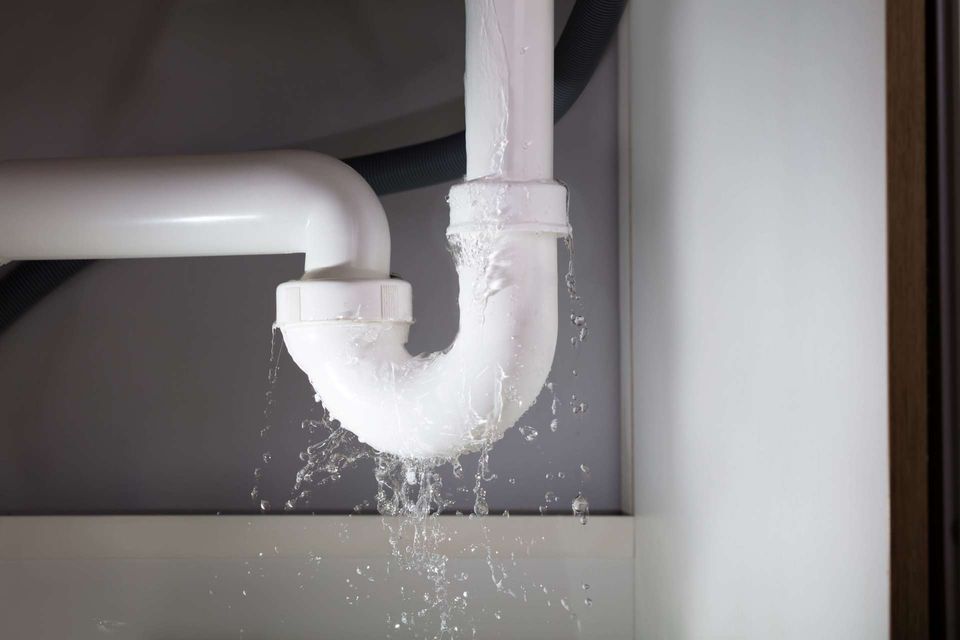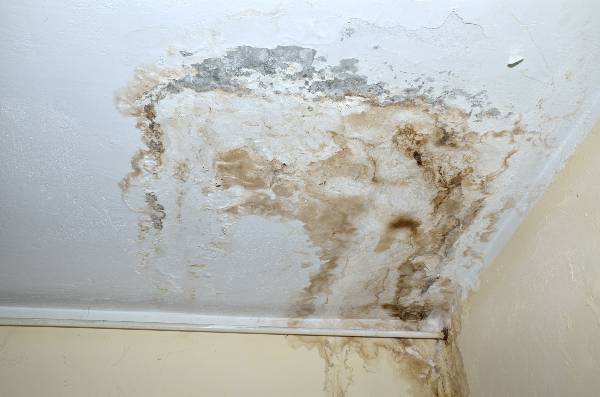Just how do you actually feel about Hacks to detect leaks?

Early discovery of leaking water lines can minimize a potential disaster. Some little water leaks may not be visible.
1. Take A Look At the Water Meter
Every house has a water meter. Examining it is a guaranteed manner in which helps you find leakages. For starters, switch off all the water resources. Ensure no person will certainly flush, make use of the tap, shower, run the cleaning equipment or dish washer. From there, most likely to the meter and also watch if it will certainly alter. Considering that no person is utilizing it, there need to be no activities. If it relocates, that suggests a fast-moving leakage. Likewise, if you find no changes, wait an hour or two and also check back once more. This indicates you may have a slow-moving leakage that can also be underground.
2. Examine Water Consumption
Evaluate your water bills as well as track your water intake. As the one paying it, you must notice if there are any kind of disparities. If you find sudden changes, despite your intake coinciding, it suggests that you have leakages in your plumbing system. Remember, your water costs need to drop under the exact same range monthly. An abrupt spike in your costs shows a fast-moving leakage.
On the other hand, a stable boost each month, even with the same practices, shows you have a sluggish leak that's also gradually escalating. Call a plumber to completely check your building, especially if you really feel a cozy area on your floor with piping underneath.
3. Do a Food Coloring Examination
30% comes from commodes when it comes to water intake. Test to see if they are running appropriately. Decline specks of food color in the container as well as wait 10 mins. If the shade in some way infiltrates your bowl during that time without flushing, there's a leak in between the storage tank and also bowl.
4. Asses Outside Lines
Don't fail to remember to inspect your outside water lines as well. Should water seep out of the link, you have a loosened rubber gasket. One little leakage can throw away tons of water as well as spike your water bill.
5. Analyze the scenario and inspect
Property owners should make it a habit to examine under the sink counters as well as even inside closets for any bad odor or mold and mildew growth. These two red flags show a leak so punctual attention is called for. Doing routine examinations, even bi-annually, can conserve you from a significant trouble.
Inspect for stainings and deteriorating as many pipelines and appliances have a life expectations. If you presume leaking water lines in your plumbing system, don't wait for it to intensify.
Early detection of dripping water lines can reduce a prospective disaster. Some small water leaks may not be visible. Examining it is a guaranteed means that helps you discover leakages. One small leakage can lose lots of water and also increase your water costs.
If you think leaking water lines in your plumbing system, do not wait for it to escalate.
WARNING SIGNS OF WATER LEAKAGE BEHIND THE WALL
PERSISTENT MUSTY ODORS
As water slowly drips from a leaky pipe inside the wall, flooring and sheetrock stay damp and develop an odor similar to wet cardboard. It generates a musty smell that can help you find hidden leaks.
MOLD IN UNUSUAL AREAS
Mold usually grows in wet areas like kitchens, baths and laundry rooms. If you spot the stuff on walls or baseboards in other rooms of the house, it’s a good indicator of undetected water leaks.
STAINS THAT GROW
When mold thrives around a leaky pipe, it sometimes takes hold on the inside surface of the affected wall. A growing stain on otherwise clean sheetrock is often your sign of a hidden plumbing problem.
PEELING OR BUBBLING WALLPAPER / PAINT
This clue is easy to miss in rooms that don’t get much use. When you see wallpaper separating along seams or paint bubbling or flaking off the wall, blame sheetrock that stays wet because of an undetected leak.
BUCKLED CEILINGS AND STAINED FLOORS
If ceilings or floors in bathrooms, kitchens or laundry areas develop structural problems, don’t rule out constant damp inside the walls. Wet sheetrock can affect adjacent framing, flooring and ceilings.
https://www.servicemasterbyzaba.com/blog/how-to-detect-water-leakage-in-walls/

We hope you enjoyed reading our article on Top leak detection hacks. Thanks a ton for finding the time to read our piece. Sharing is caring. Helping people is fun. Thanks for your time. Don't forget to come by our website back soon.